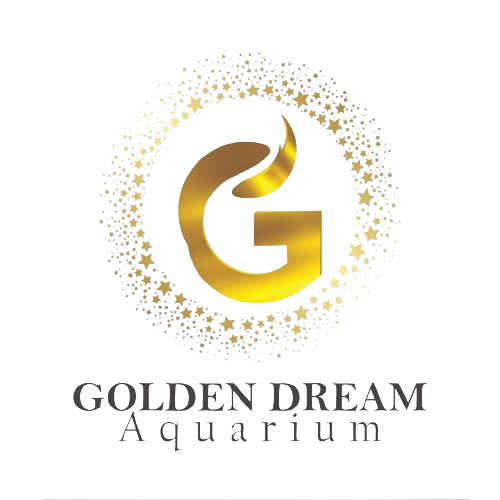GOLDEN DREAM AQUARIUM
GOLD FISH ORANDA
GOLD FISH ORANDA
Couldn't load pickup availability
The Oranda is one of several varieties of what is commonly known as the Goldfish, Carassius auratus auratus. The goldfish originally came from parts of Asia, Japan, and China but now enjoys worldwide distribution due to controlled breeding programs.
Though it resembles the Veil Tail varieties, the Oranda is notable for its hood that covers its head. Some Orandas have warty growths covering the entire head, including the opercula.
The Oranda Goldfish is born without its signature head-growth. The growth begins to thicken and fold three to four months after hatching. It may take up to two years for the head-growth to fully develop.
The development of the hood is affected by a number of factors, including the quality of water in which the fish lives and its diet. A stable, clean aquarium or pond and a protein-rich diet will enhance the development of the head-growth.
All Goldfish are members of the carp group and are generally quite hardy. The Oranda will do well in an aquarium of 100 litres of water or more with a fine gravel bottom and cold-hardy water plants, or backyard garden ponds of 500 litres or more.
Goldfish are diggers and will scatter the fine sand onto leaves, injuring thin and less hardy plants. Roots and well-rounded river rocks are a good addition to the aquarium.
There appears to be a definite courtship ritual when Goldfish breed. Breeding often results in up to 1,000 eggs, with fry hatching in five to six days.
The fry should be fed small pieces of live or prepared foods designed for egg-laying fish.
Oranda Goldfish are omnivorous and will eat all types of dried and live foods.
Limit protein, however, to 30% of the diet. A flake or pellet food for goldfish will provide these fish with the proper nutrition.


